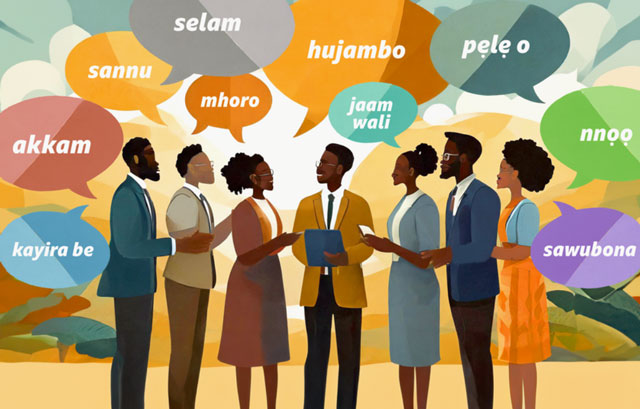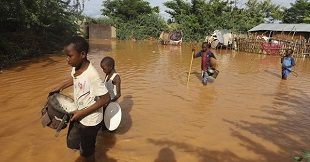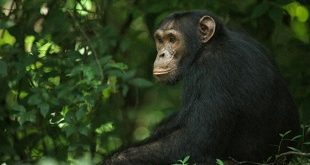
SPECIAL REPORT | BIRD AGENCY | Data analysis platform Statista estimated in 2021 that there were more than 2000 active African languages. Technological advancements like AI translation tools are helping to harness the power of language beyond celebrating cultural heritage. However, an understanding of the unique features of key languages is important to an understanding of Africa’s diverse cultures.
1. Swahili is primarily spoken in East and Central Africa and has links to hundreds of dialects since it’s predominant in the Bantu family of African languages. Spoken by as many as 150 million people, it’s an official language in Tanzania, Kenya, and the Democratic Republic of Congo, and has been adopted as a working language by the African Union due to its cultural and economic significance.
2. Igbo is spoken primarily in Nigeria. It’s a tonal language, so the meaning of the word is based on the pitch the speaker applies to it. It has several decentralized dialects, that share an emphasis on the meaning of names, and a heavy use of proverbs and parables.
3. Hausa The Afroasiatic group of languages is one of the world’s largest and oldest. Hausa is the most spoken language in that ethnolinguistic family, facilitating trade and interpersonal communication across West Africa.
4. Oromo is spoken in Ethiopia, Kenya, Somalia, and Egypt by over 35 million people. A distinct aspect of the language is the ”creaky or popping sound” produced as the speaker pronounces consonants. It’s part of the Cushitic group of languages spoken by people who share a similar culture and history in Northeast Africa
5. Yoruba is spoken mostly in Nigeria, Benin, and Togo. It’s also a tonal language. The extensive Yoruba vocabulary is rich in greetings, proverbs, metaphors, folklore, and synonyms.
6. Amharic is the official language of Ethiopia. It’s the second-most spoken Semitic language in the world after Arabic, with most of its speakers in Ethiopia and neighbouring Eritrea. It has a complex 33-character alphabet called Fidel, and a rich literary history that dates back to the 13th century.
7. Fulfulde (Fulani) is spoken across West and Central Africa. While most African languages are found in a specific area, Fulfulde is spoken widely, across diverse regions. Researchers describe Fulfulde as a “linguistic outlier” because it has few commonalities with other major languages in West Africa.
8. Zulu is an official language in South Africa. The language is also tone-based – like Oromo, Igbo, and Yoruba. The use of clicks alongside consonants is one of Zulu’s most intriguing features. Its oral tradition includes poetry, proverbs, and historical accounts.
9. Mandinka has over 12 million speakers in the West African countries of Guinea, Mali, Senegal, Gambia, Guinea-Bissau, Ivory Coast, and Burkina Faso. The strong oral tradition fostered by this language was further entrenched by griots – famed storytellers, who were the custodians of historical accounts and cultural knowledge.
10. Shona is spoken in Zimbabwe. Another tonal language, Shona’s use of high tones for religious communication and low tones for ordinary dialogue set it apart. Much of Shona’s vast vocabulary is linked to family and social structures.
****
SOURCE: bird story agency
 The Independent Uganda: You get the Truth we Pay the Price
The Independent Uganda: You get the Truth we Pay the Price


